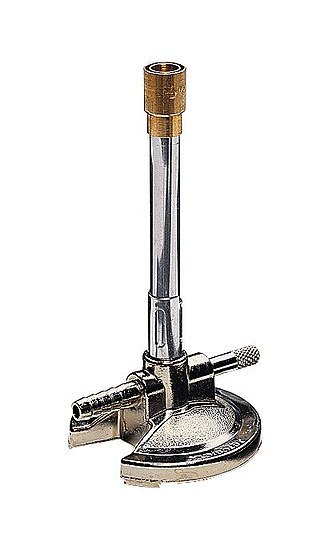Scientists are adept, expert, highly proficient at what they do and, what scientists do in the scientific sense is to investigate. Science, meanwhile, involves investigation.
Early observations
Thinking back to high school biology and chemistry classes, we students were required to have a notebook to take “notes” of what was observed in conducted lab exercises. Keeping an accurate record was part and parcel of holistic class exercise being integral as this was to the learning process.
That said, woe is the poor chap who is without such note-documenting instrument if for no other reason than say one is given an open-book quiz or test on what was uncovered during the experimentation/observation process.
And, there was much more where that came from in subsequent university undergraduate study.
Matter of facts
The rub: Some have suggested that concomitant with a rise in average ambient air temperature at the Earth’s surface that, in this air, coming also is a corresponding jump in pollution. By that very suggestion, what this also implies is that concomitant with a decrease in average ambient surface air temperature would also come a corresponding drop in pollution in this same air. But how does one test to either verify or refute such? And, hence the rub.
(Disclaimer: The hypothetical scenario that I am about to describe is just that: a hypothetical scenario. And, just to be clear, I am not in any way suggesting that anyone try to replicate just such a scenario. It’s solely provided for illustrative purposes).
In an effort to try to establish, a chamber of sorts could be fashioned that employs a system whereby with a fossil fuel like coal placed inside, beneath which is set a heating element to heat the coal, one replete with exhaust outlet to enable air pollution created from within to be discharged to the outside air. At such exit point, an air-pollution-monitoring device could be attached as a means to determine just what amount of pollution into the outside air is being released. (Disclosure: Any resemblance here to an actual chamber of this nature is purely coincidental).
Meanwhile, in this fictitious characterization, the one variable here is the temperature at which in this particular case the coal is heated. The interior chamber temperature must at least be hot enough to cause chamber-contained coal combustion. And, the temperature at which combustion initially happens could serve as a baseline value, and all other test temperatures could be referenced to that.
Say, for example, in subjecting the coal to being ignited at a temperature above baseline, the possibility exists that resulting could be that the ignited coal in question burns more cleanly. If in reality that were to be the case, then at least one answer to the question that we were in search of finding an answer to, would be had.
That all said here is what I can attest to. The last time I took my car in for a smog evaluation and test, the way it turned out, before finally passing, the vehicle actually had to be smog-tested twice. In the first go-around, I apparently did not let the car’s engine warm up thoroughly enough before having the vehicle tested, whereas in the second go-around, this time with the vehicle’s engine apparently warmed up enough, and based on this second testing procedure being performed, the car passed. Which, is suggestive of the notion that with the engine operating at a higher temperature (hence the idea of the engine being “thoroughly warmed up”) the output exhaust was much cleaner this time thus enabling the vehicle to pass. With the less-than-thorough warmup, on the other hand, the car failed to pass “smog-test” muster.
In the final (pun intended) analysis
The above may or may not get me any closer to proving or disproving my hypothesis. What could enable that is to conduct scientific analyses with the express purpose of such evaluation being used to try to establish whether there is or is not a-change-in-average-ambient-surface-air-temperature-prompted-change-in-the-amount-of-pollution-in-affected-air direct cause-and-effect.
Something worthy of scientific investigation if such has not been done already, I’d say.
Image above: NASA
– Alan Kandel


